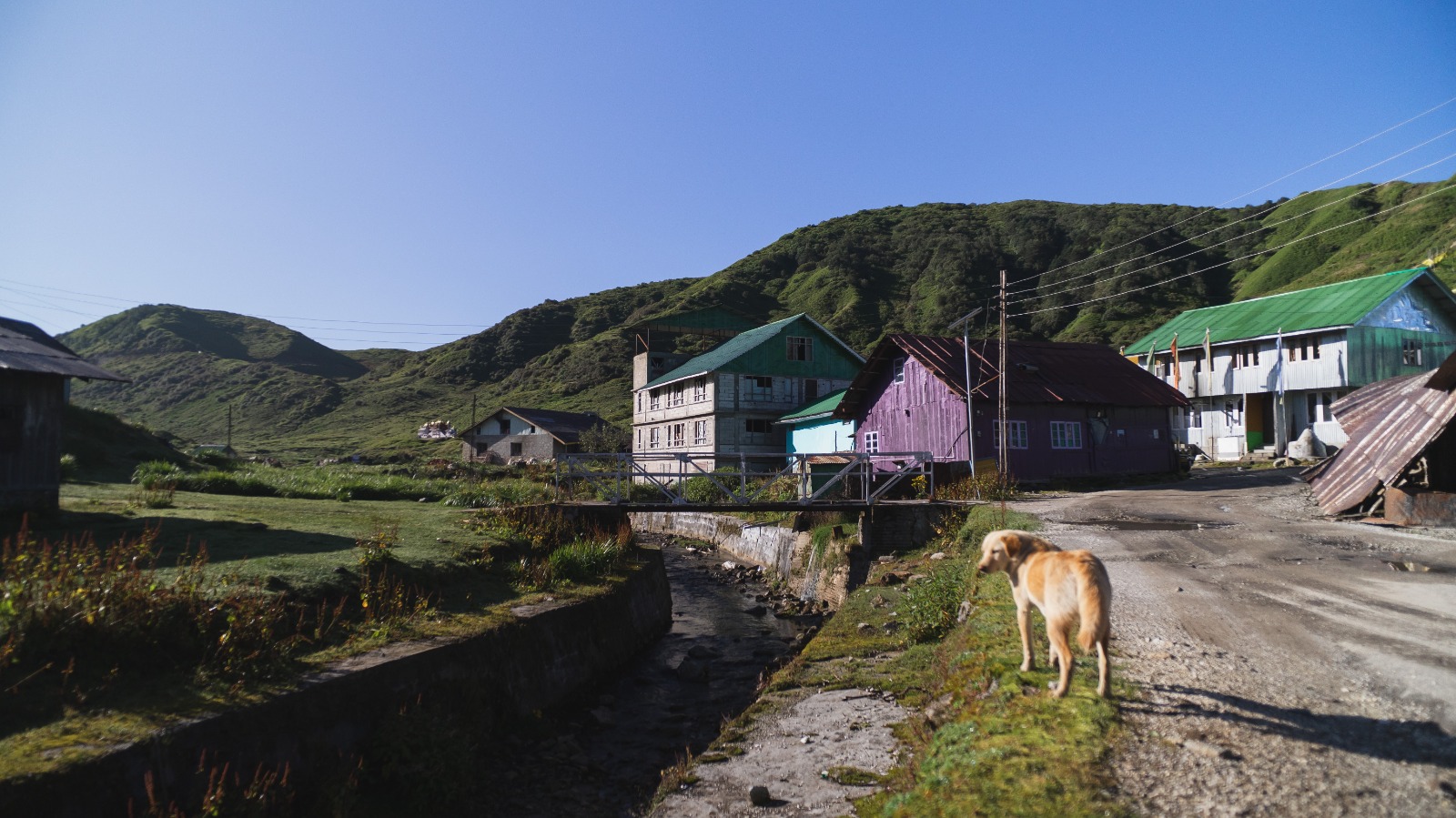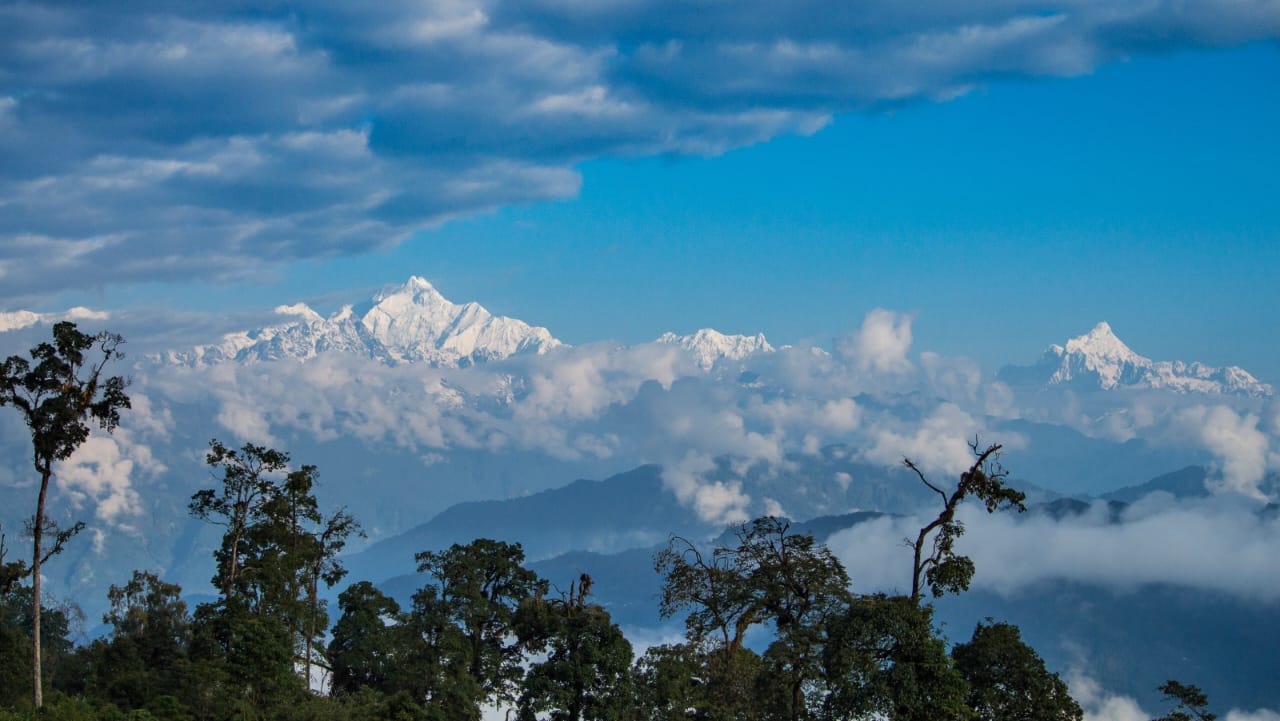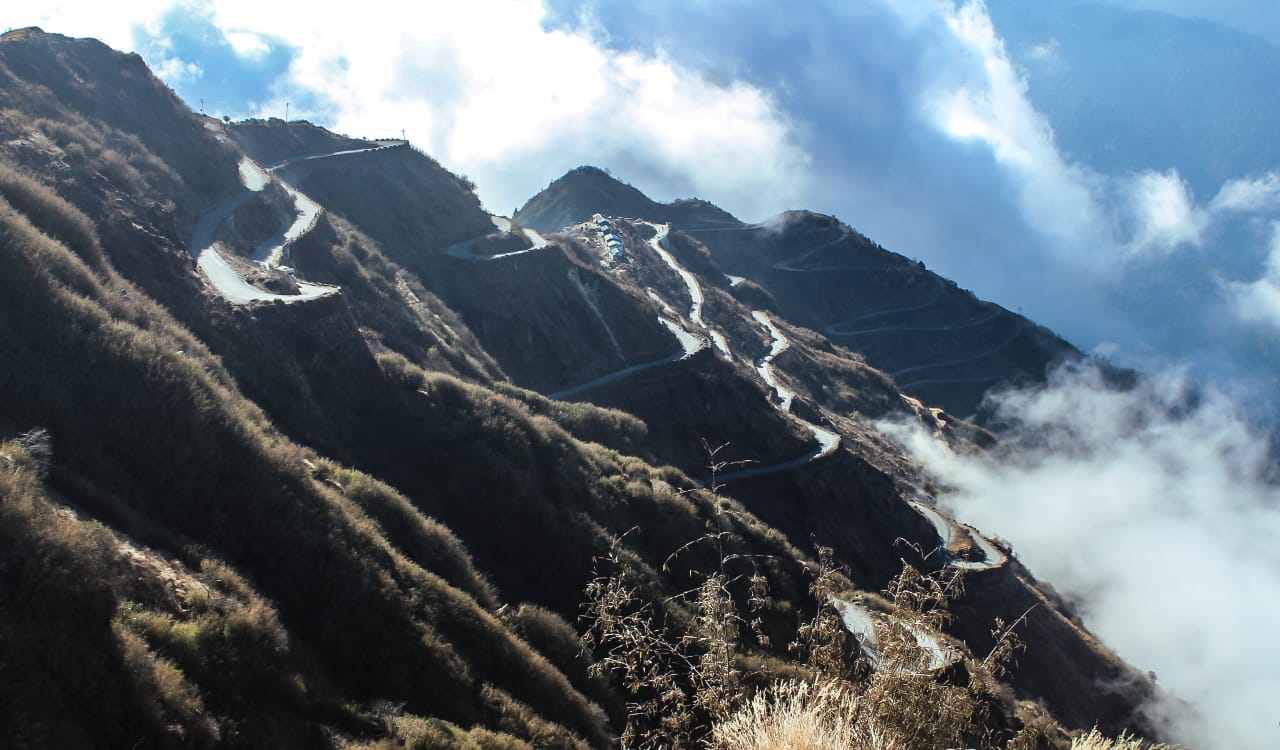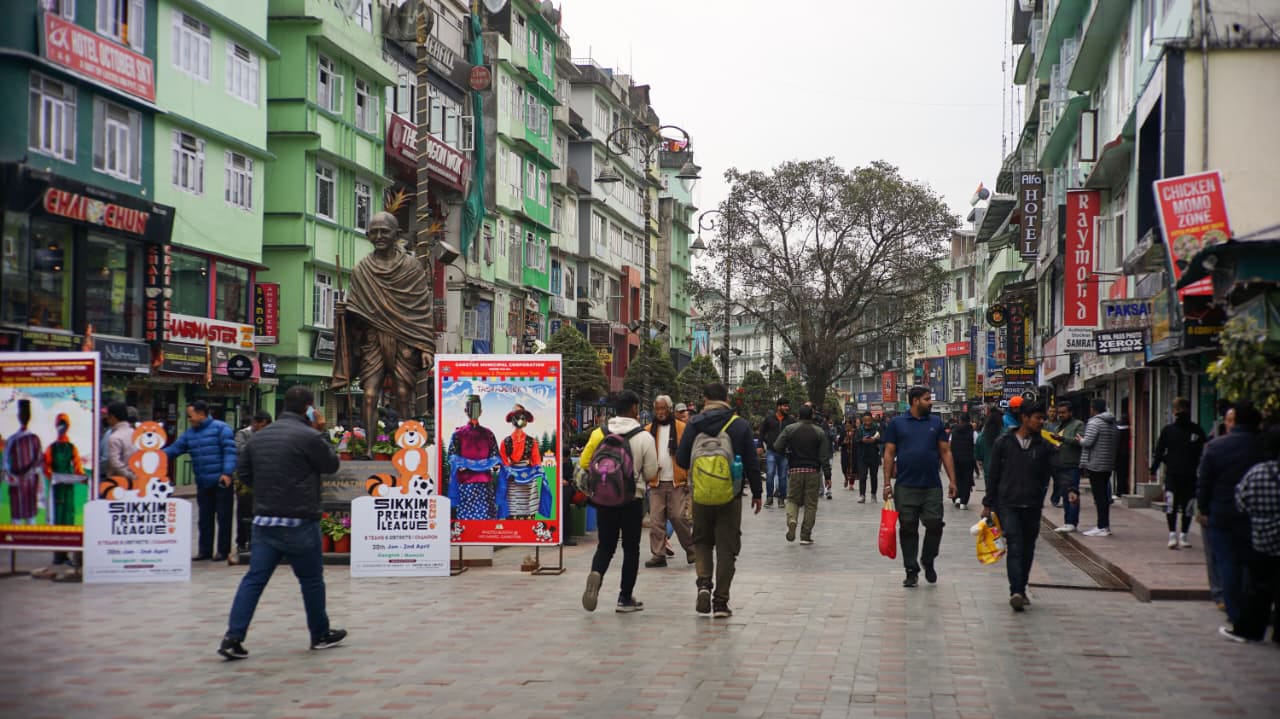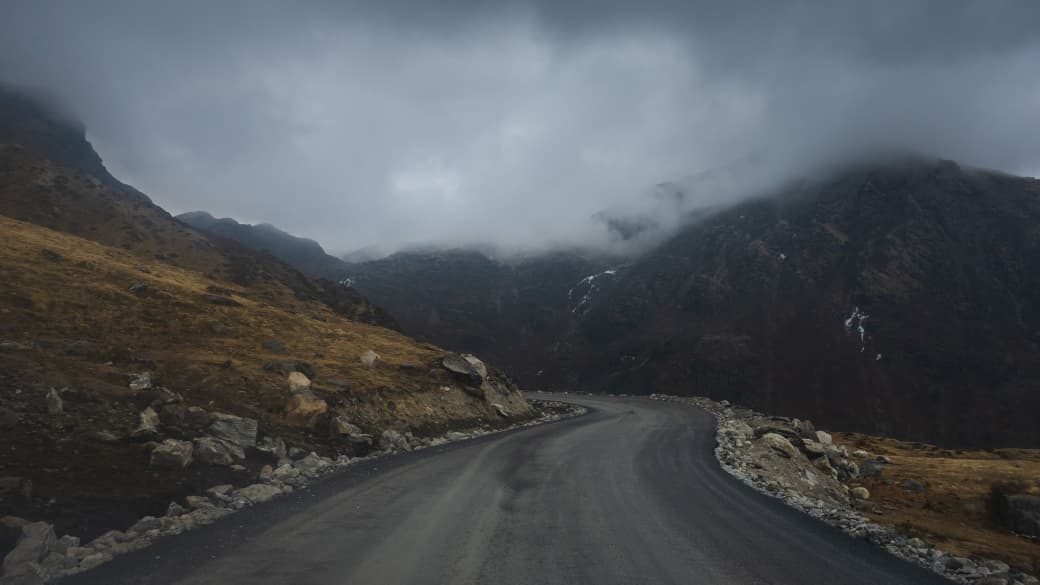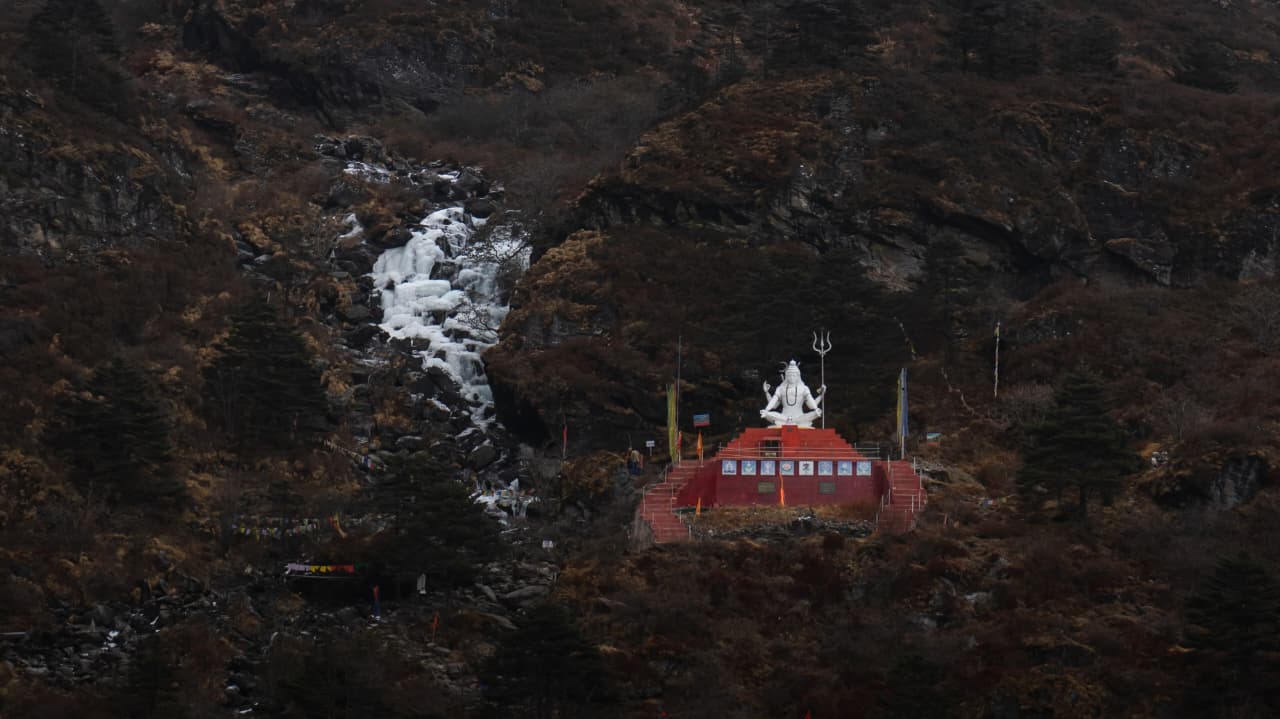Silk Route Tour
3 Nights & 4 Days
Tour Itinerary
New Jalpaiguri Junction / Siliguri Junction to Silerygaon transfer with Silent Valley sightseeing.
Check in Homestay & enjoy your Lunch.
After lunch , you can explore Silerygaon Village by walking.
Tea & Evening Snacks will be served at Homestay.
Dinner will be served at Homestay.
Overnight stay at Silerygaon.
Wake up early in the morning and enjoy the magical sunrise with Mt. Kanchenjungha.
You can also go to Ramitey View Point by Hiking (40 min Hiking) to witness the sunrise with Mt. Kanchenjungha.
After Breakfast , you will be transferred to Phadamchen with Aritar sightseeing.
Sightseeing places are –
1. Aritar Lake (Lampokhari Lake)
2. Mankhim View Point
3. Bakhuter Khola
4. Quekhola Waterfalls
Check in Homestay & enjoy the Lunch.
Evening Snacks & Dinner will be served at Homestay.
Overnight stay at Phadamchen.
Wake up in the morning and explore Phadamchen by walking.
After Breakfast , you will be transferred to Gangtok with Silk Route Circuit sightseeing.
Sightseeing places are –
1. Dzuluk
2. Zigzag Road View Point
3. Thambi View Point
4. Gnathang Valley
5. Old Baba Harbhajan Singh Mandir
6. Kupup Lake (Elephant Lake)
7. New Baba Harbhajan Singh Mandir
8. Tsomgo Lake (Changu Lake)
Check in Hotel.
Spend the rest of evening at M.G.Marg.
Overnight stay at Gangtok.
Enjoy the morning atmosphere at M.G. Marg. After Breakfast , your return journey for New Jalpaiguri Junction / Siliguri Junction will be started.
Tour Cost
Price on Request
Let us know your requirements & group details.
We’ll prepare a quote specifically for you.
Images of Silk Route Tour
Sillery Gaon is a paradise for nature lovers and adventure enthusiasts. The village is a starting point for several trekking trails that wind through the dense forests, leading to viewpoints like Tin Chuley and Ramitey Dara, where you can witness panoramic vistas of the Himalayas and the Teesta River. Birdwatching is another popular activity here, with a variety of Himalayan birds calling the surrounding forests home.
Zuluk, a remote hamlet in East Sikkim, India, is a captivating destination for those seeking adventure and breathtaking landscapes. Perched at an altitude of approximately 10,000 feet, Zuluk was once a vital part of the historic Silk Route. Today, it’s renowned for its winding roads, dramatic mountain views, and unique high-altitude flora and fauna.
Aritar, a serene and picturesque destination in East Sikkim, India, is known for its tranquil atmosphere and stunning natural beauty. The focal point of Aritar is undoubtedly the pristine Aritar Lake, also known as Lampokhari Lake. This emerald-green lake, surrounded by lush forests and rolling hills, is considered sacred by the local people. Boating on the lake offers a peaceful experience, allowing visitors to soak in the surrounding beauty.
Lingtam, a small village nestled in the eastern Himalayas of Sikkim, India, offers a tranquil escape amidst breathtaking natural beauty. Known for its serene atmosphere and picturesque landscapes, Lingtam is a hidden gem for those seeking peace and quiet away from the crowds. The village is strategically located, offering easy access to other popular destinations in East Sikkim, like Zuluk and Aritar. Lingtam is particularly renowned for its proximity to the historic Old Silk Route.
The allure of the Silk Route lies in its historical significance. For centuries, this network served as a vital artery for trade and cultural exchange, fostering connections between diverse civilizations. Travelers embarking on a Silk Route journey are retracing the footsteps of merchants, explorers, and pilgrims who traversed these rugged terrains, leaving behind a legacy of cultural fusion. In the Eastern Himalayas, the route passes through remote villages and high-altitude passes, offering a unique perspective on the region’s history and its role in the broader Silk Road narrative. One of the most compelling aspects of Silk Route tourism is the opportunity to witness the region’s spectacular natural beauty. The route traverses high mountain passes, offering panoramic views of snow-capped peaks, deep valleys, and pristine lakes. The ever-changing landscape, from lush green forests to barren mountain slopes, provides a visual feast for travelers.

